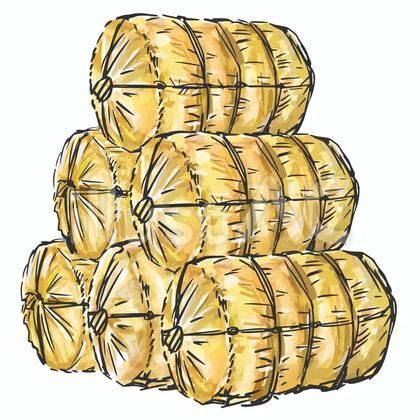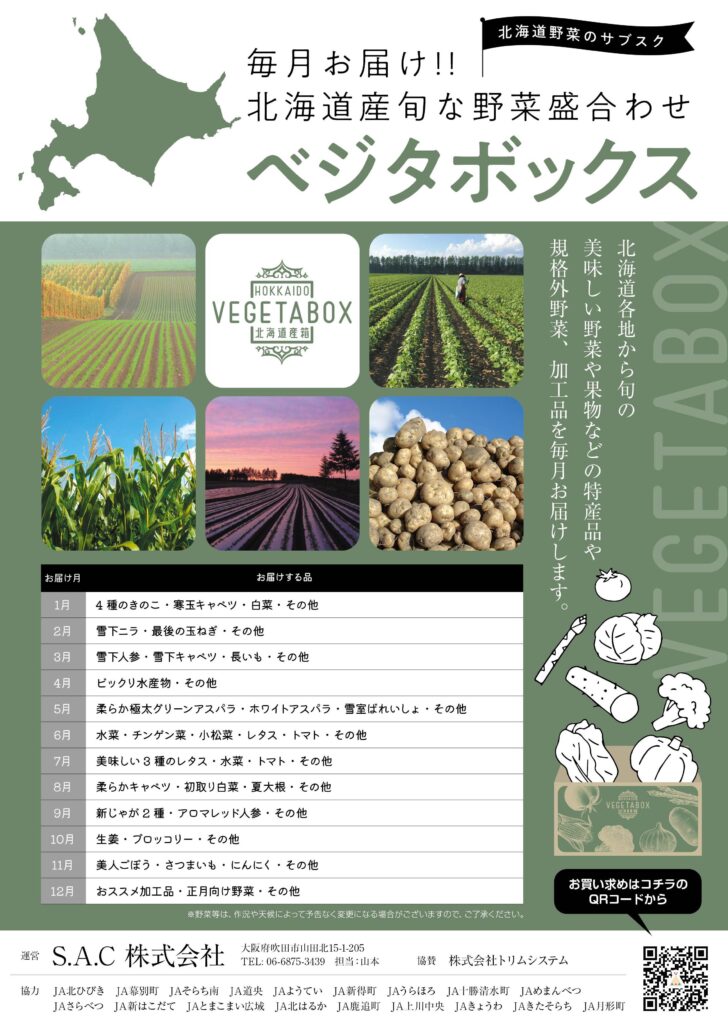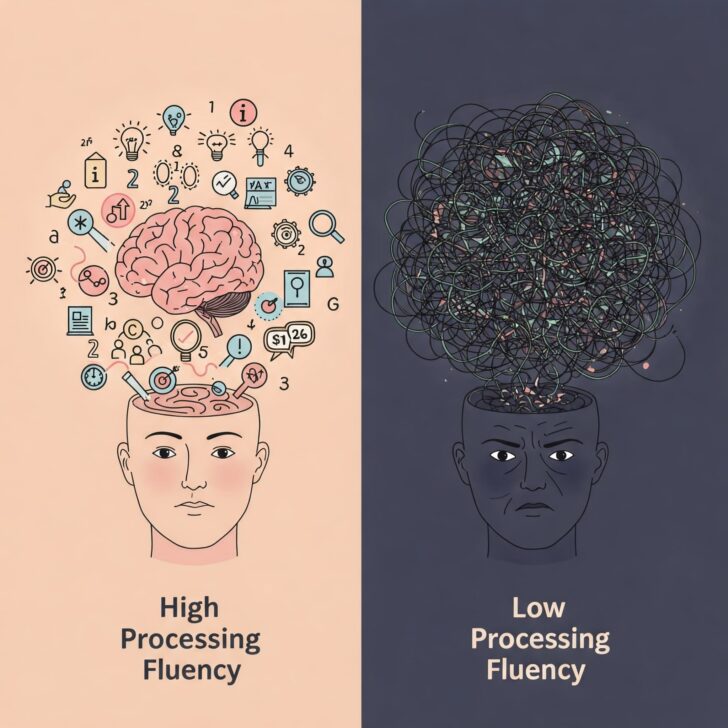
BLOG
2024年07月18日
お米と玄米の違いと栄養素について
お米と玄米は、どちらも稲の穀物ですが、精米の度合いによって区別されます。
お米 (白米):
- 精米の度合い: 籾殻、糠層、胚芽を取り除いた状態。
- 特徴:
- 白く、ふっくらとした食感。
- 調理が簡単で、短時間で炊ける。
- デンプン質が多く、糖質を多く含む。
- 栄養素:
- 主に炭水化物 (でんぷん) が多く、エネルギー源となる。
- ビタミンB1、B2、Eなどのビタミン類や、マグネシウム、カリウムなどのミネラル類は少量含まれるが、精米の過程で大部分が失われる。
玄米:
- 精米の度合い: 籾殻のみを取り除いた状態。糠層と胚芽が残っている。
- 特徴:
- 茶褐色で、やや硬めの食感。
- 白米よりも調理に時間がかかる。
- 食物繊維、ビタミン、ミネラルが豊富。
- 栄養素:
- 白米と同様に炭水化物を多く含むが、食物繊維が豊富。
- ビタミンB1、B2、E、ナイアシンなどのビタミン類や、マグネシウム、カリウム、鉄、亜鉛などのミネラル類が豊富。
- 特にビタミンB1は白米の約5倍含まれる。
栄養素の比較:
栄養素 (100gあたり) | 白米 | 玄米 |
|---|---|---|
エネルギー (kcal) | 356 | 345 |
炭水化物 (g) | 77.1 | 74.3 |
食物繊維 (g) | 0.5 | 3.0 |
ビタミンB1 (mg) | 0.08 | 0.42 |
ビタミンE (mg) | 0.2 | 1.1 |
マグネシウム (mg) | 11 | 114 |
鉄 (mg) | 0.2 | 0.8 |
まとめ:
玄米は白米に比べて、食物繊維、ビタミン、ミネラルが豊富です。特に食物繊維は、腸内環境を整えたり、血糖値の上昇を抑えたりする効果が期待できます。
どちらを選ぶべきか:
どちらが良いかは、個人の好みや健康状態によります。白米は食べやすく、消化が良いですが、玄米は栄養価が高く、健康に良いとされています。バランスの良い食事を心がけ、両方を適度に取り入れるのがおすすめです。
その他:
玄米には様々な種類があり、それぞれ風味や栄養価が異なります。白米と玄米を混ぜて炊くこともできます。
ご自身の状況に合わせて、最適なお米を選んでみてください。
Rice and brown rice are both grains from the rice plant, but they differ in the degree of milling.
Rice (White Rice):
- Milling Degree: The husk, bran layers, and germ are removed.
- Characteristics:
- White and fluffy texture.
- Easy to cook and takes a short time.
- High in starch and contains a lot of carbohydrates.
- Nutrients:
- Mainly carbohydrates (starch) which are a source of energy.
- Contains small amounts of vitamins such as B1, B2, and E, and minerals such as magnesium and potassium, but most of them are lost during the milling process.
Brown Rice:
- Milling Degree: Only the husk is removed. The bran layers and germ remain.
- Characteristics:
- Brownish color and slightly firm texture.
- Takes longer to cook than white rice.
- Rich in dietary fiber, vitamins, and minerals.
- Nutrients:
- Like white rice, it contains a lot of carbohydrates, but it is also rich in dietary fiber.
- Rich in vitamins such as B1, B2, E, and niacin, and minerals such as magnesium, potassium, iron, and zinc.
- Contains about 5 times more vitamin B1 than white rice.
Comparison of Nutrients:
| Nutrient (per 100g) | White Rice | Brown Rice |
|---|---|---|
| Energy (kcal) | 356 | 345 |
| Carbohydrates (g) | 77.1 | 74.3 |
| Dietary Fiber (g) | 0.5 | 3.0 |
| Vitamin B1 (mg) | 0.08 | 0.42 |
| Vitamin E (mg) | 0.2 | 1.1 |
| Magnesium (mg) | 11 | 114 |
| Iron (mg) | 0.2 | 0.8 |
Summary:
Brown rice is richer in dietary fiber, vitamins, and minerals compared to white rice. Dietary fiber, in particular, is expected to have effects such as improving the intestinal environment and suppressing the rise in blood sugar levels.
Which to Choose:
Which is better depends on individual preferences and health conditions. White rice is easy to eat and digest, while brown rice is said to be nutritious and good for health. It is recommended to aim for a balanced diet and incorporate both in moderation.
Other:
There are various types of brown rice, each with different flavors and nutritional values. You can also cook white rice and brown rice together.
Choose the best rice for you based on your own situation.
Recommend
-

2025年12月04日
3大AIモデルの比較(2025年12月最新版)
-

2025年09月30日
AI生成 交通事故時の簡易相談サイト
-

2025年08月07日
自転車の道路交通法に関して~知らなかったでは済まされない~
-

2025年07月22日
北海道産野菜ベジタボックス 2025年7月版
-

2025年07月17日
未来は、もう始まっている。あなたの仕事を加速させるAIツールを見つけよう!
-

2025年07月16日
WEBマーケティング
-

2025年05月16日
北海道産野菜詰め合わせセット ベジタボックスサブスク7月ごろより(継続サプライズ)
-

2025年04月29日
心理学の「実と虚について」処理の流暢性とは2025年度版














